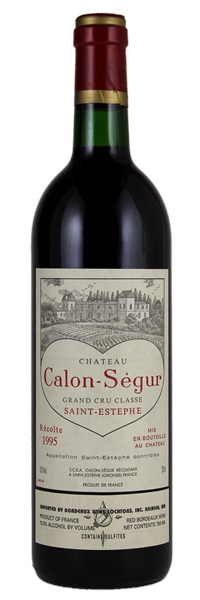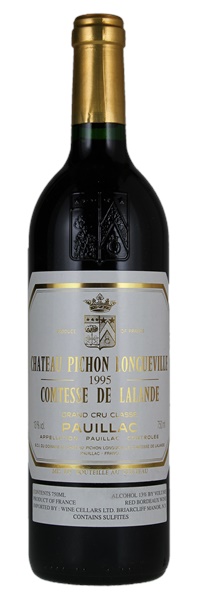Estimate


Possesses outstanding richness, a deep color, medium body, a graceful, harmonious texture, and superb length. The penetrating fragrance of cedar, chestnuts, minerals and rich fruit is a hallmark of this wine...immense potential
A firm, young wine. Dark ruby color. Intense aromas of blackberry and mint. Full-bodied, with silky tannins and a long finish.
...very deep, thick (extract)...tannins dominating the fruit...Very medicinal, iron, typically Lafite nose; more edged.

Possesses outstanding richness, a deep color, medium body, a graceful, harmonious texture, and superb length. The penetrating fragrance of cedar, chestnuts, minerals and rich fruit is a hallmark of this wine...immense potential
A firm, young wine. Dark ruby color. Intense aromas of blackberry and mint. Full-bodied, with silky tannins and a long finish.
...very deep, thick (extract)...tannins dominating the fruit...Very medicinal, iron, typically Lafite nose; more edged.
Possesses outstanding richness, a deep color, medium body, a graceful, harmonious texture, and superb length. The penetrating fragrance of cedar, chestnuts, minerals and rich fruit is a hallmark of this wine...immense potential
A firm, young wine. Dark ruby color. Intense aromas of blackberry and mint. Full-bodied, with silky tannins and a long finish.
...very deep, thick (extract)...tannins dominating the fruit...Very medicinal, iron, typically Lafite nose; more edged.

Possesses outstanding richness, a deep color, medium body, a graceful, harmonious texture, and superb length. The penetrating fragrance of cedar, chestnuts, minerals and rich fruit is a hallmark of this wine...immense potential
A firm, young wine. Dark ruby color. Intense aromas of blackberry and mint. Full-bodied, with silky tannins and a long finish.
...very deep, thick (extract)...tannins dominating the fruit...Very medicinal, iron, typically Lafite nose; more edged.

Possesses outstanding richness, a deep color, medium body, a graceful, harmonious texture, and superb length. The penetrating fragrance of cedar, chestnuts, minerals and rich fruit is a hallmark of this wine...immense potential
A firm, young wine. Dark ruby color. Intense aromas of blackberry and mint. Full-bodied, with silky tannins and a long finish.
...very deep, thick (extract)...tannins dominating the fruit...Very medicinal, iron, typically Lafite nose; more edged.

Possesses outstanding richness, a deep color, medium body, a graceful, harmonious texture, and superb length. The penetrating fragrance of cedar, chestnuts, minerals and rich fruit is a hallmark of this wine...immense potential
A firm, young wine. Dark ruby color. Intense aromas of blackberry and mint. Full-bodied, with silky tannins and a long finish.
...very deep, thick (extract)...tannins dominating the fruit...Very medicinal, iron, typically Lafite nose; more edged.